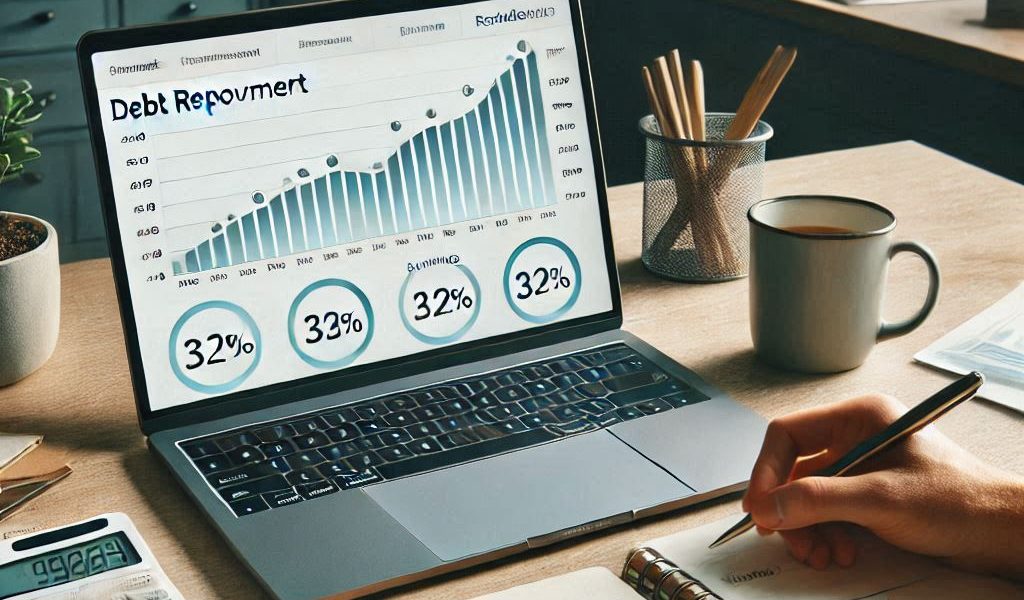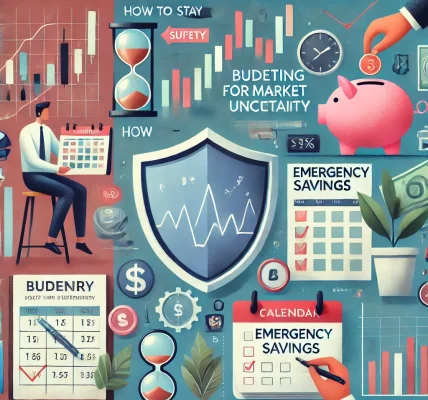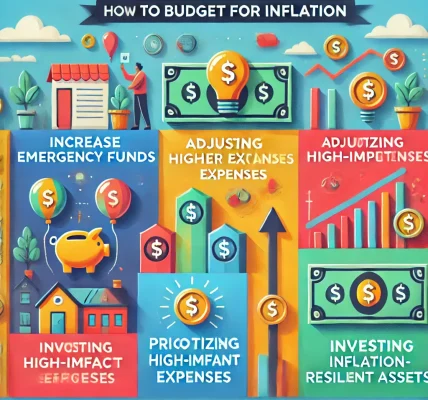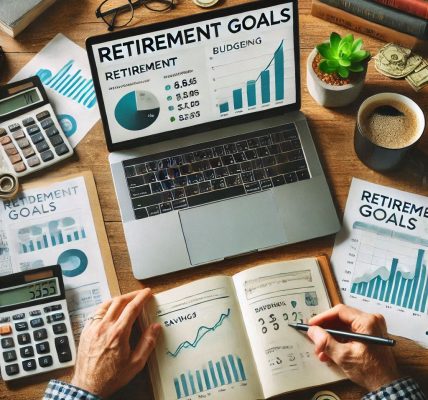Managing debt can feel like an overwhelming challenge, but with the right strategies, it’s possible to reduce debt more quickly and regain control over your financial future. One of the most effective ways to tackle debt is through a well-structured budgeting plan. By budgeting intelligently, you can free up extra funds, prioritize debt repayment, and make steady progress toward a debt-free life.
In this blog post, we will guide you through the best budgeting techniques to help you pay off debt faster, reduce interest payments, and ultimately achieve your financial goals. Let’s explore how budgeting plays a crucial role in eliminating debt and setting you on a path to financial freedom.
Why Budgeting is Key to Paying Off Debt
When you’re in debt, it may seem like your monthly expenses consume every penny of your income, leaving little room for extra debt payments. A structured budget helps you take a closer look at where your money is going and enables you to adjust your spending habits to prioritize debt repayment. Budgeting for debt payoff is not just about cutting costs—it’s about making intentional choices that align with your financial goals.
By budgeting effectively, you can:
- Track and categorize your expenses: Know exactly where your money is going each month, helping you identify areas where you can reduce spending.
- Prioritize high-interest debt: Allocate more of your budget to high-interest debt, which reduces the total amount you pay in interest.
- Stay disciplined and motivated: Having a clear budget makes it easier to stay on track, preventing you from overspending or slipping back into bad financial habits.
Steps to Use Budgeting to Pay Off Debt Faster
1. Assess Your Current Financial Situation
Before creating a budget to pay off debt, it’s essential to understand your current financial situation. This includes knowing:
- Your total debt amount: List all your debts (credit card balances, loans, etc.) and the interest rates associated with each.
- Your income sources: Identify all sources of income and any fluctuations (i.e., side jobs, bonuses).
- Your current expenses: Track all your fixed and variable monthly expenses, such as rent, utilities, groceries, and entertainment.
Once you have a complete picture of your finances, you’ll be able to determine how much you can allocate toward debt repayment.
2. Create a Detailed Monthly Budget
Create a budget that reflects your current income, fixed expenses, and a realistic plan for debt repayment. You can use budgeting tools like apps or spreadsheets to help track your finances and create a budget plan.
Here are the basic steps for crafting your budget:
- Income: List all your income sources.
- Essential expenses: Include rent, utilities, groceries, transportation, and insurance. These are non-negotiable.
- Debt payments: Set aside money for paying off debt. Aim to pay more than the minimum required, especially on high-interest debts.
- Savings and emergency fund: While paying off debt is the primary goal, it’s also important to have a small emergency fund for unexpected expenses. This prevents you from taking on more debt in emergencies.
3. Use the Debt Snowball or Debt Avalanche Method
Once your budget is in place, you need a strategy to pay off your debts faster. The two most popular methods for debt repayment are:
- Debt Snowball Method: This method involves paying off the smallest debt first while making minimum payments on larger debts. Once the smallest debt is paid off, you move to the next smallest, and so on. The snowball effect builds momentum, helping you stay motivated as you eliminate debts.
- Debt Avalanche Method: This strategy prioritizes paying off high-interest debt first while making minimum payments on others. By focusing on high-interest debts, you save more money in interest over time. Although it may not offer the same emotional satisfaction as the snowball method, it’s often the most cost-effective approach.
Choose the method that suits your personality and financial situation. If you need quick wins to stay motivated, the snowball method may work best. If you’re focused on saving money on interest, the avalanche method is ideal.
4. Cut Unnecessary Expenses
In order to accelerate your debt repayment, you may need to cut back on discretionary spending. Here are a few areas where you could trim expenses:
- Dining out and takeout: Plan meals and cook at home to save money.
- Subscription services: Cancel subscriptions that you rarely use (streaming, gym memberships, magazines).
- Impulse purchases: Avoid making unnecessary purchases by setting a waiting period before buying non-essential items.
The money you save by cutting back can go directly toward paying down your debt faster.
5. Increase Your Income
While reducing expenses is important, increasing your income can give your debt repayment plan an even bigger boost. Consider the following options:
- Side hustle: Take up a part-time job or freelance work to generate additional income.
- Sell unused items: Sell clothes, furniture, electronics, or other valuables to generate extra cash.
- Ask for a raise or promotion: If your job performance warrants it, consider asking for a salary increase to improve your financial situation.
Extra income will allow you to pay off debt even faster, putting you on track for financial freedom.
6. Automate Debt Payments
Automating your debt payments ensures that you’re making consistent progress and avoiding late fees. Set up automatic payments for the minimum required amount, and then set up an additional automatic transfer for any extra debt payments. This will keep you accountable and reduce the temptation to spend the money elsewhere.
Staying Motivated During the Process
Paying off debt can take time, but it’s important to remain motivated. Here are a few tips to keep your momentum going:
- Celebrate small wins: Every time you pay off a debt, no matter how small, take a moment to acknowledge your success.
- Visualize your goals: Keep a visual reminder of your goals, such as a debt-free chart or savings tracker, to stay focused on the bigger picture.
- Avoid new debt: While you’re focused on paying off existing debt, avoid adding new debt to the mix. Resist using credit cards for non-essential purchases.
Final Thoughts
Budgeting is an essential tool when it comes to paying off debt faster. By creating a realistic budget, cutting back on unnecessary expenses, and staying disciplined, you can achieve debt freedom faster than you ever thought possible. Whether you choose the snowball or avalanche method, the key is consistency and making intentional financial choices.




